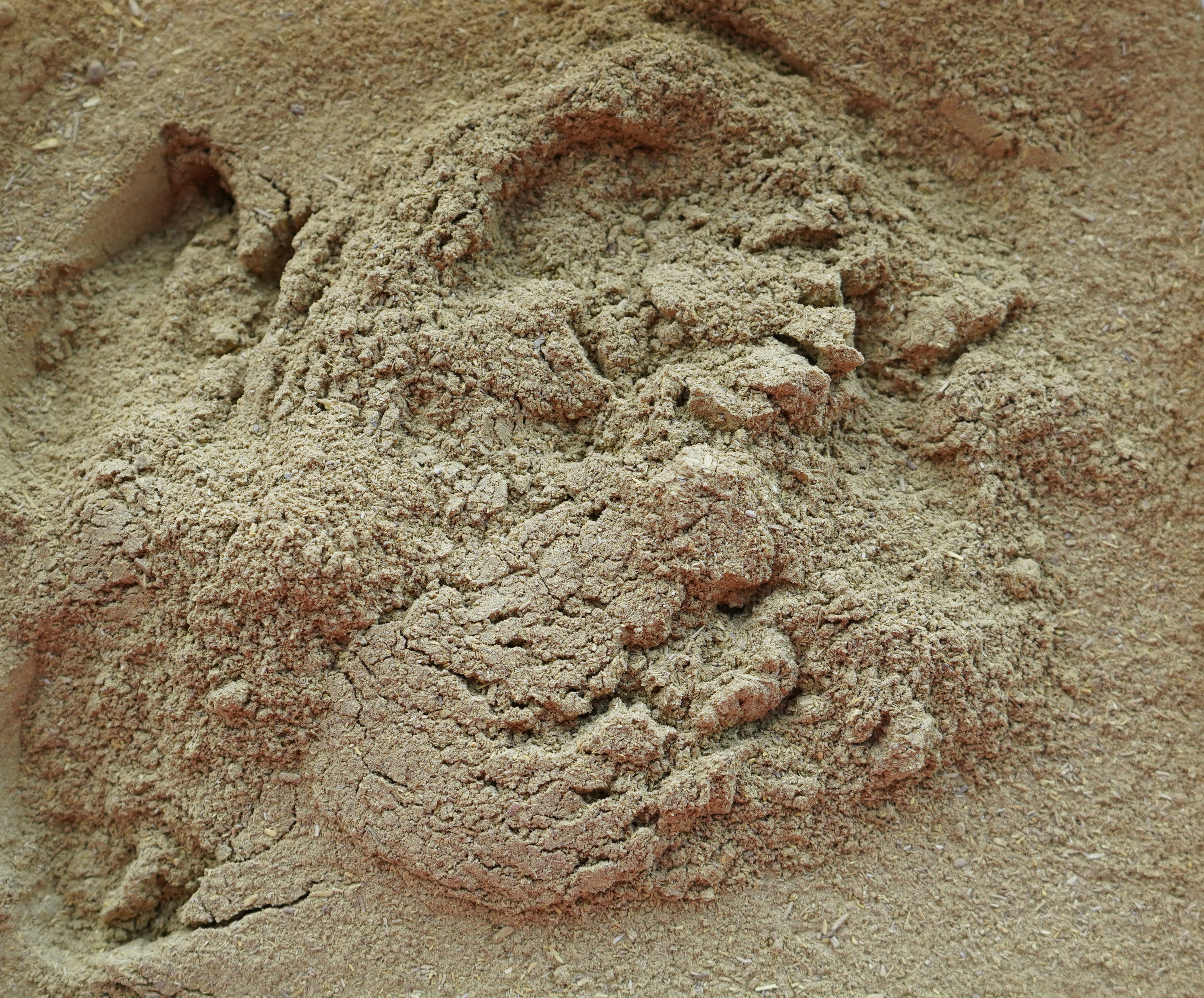

Barberry
lat. Berberis vulgaris
€5.20
Out of stock
Barberry (lat. Berberis vulgaris) is a highly valued and easy-to-use natural dye, producing a rich yellow color even without a mordant. Because of this, various Berberis species were widely used in ancient dyeing traditions across Asia and the Americas.
Most yellow natural dyes belong to the flavonoid group, but there are a few exceptions which are important all over the world. Berberis is one of these exceptions—it contains berberine, an alkaloid colorant that bonds well to fibers, resulting in vibrant, long-lasting colors. In fact, the colorant berberine was named after this very plant, as it was first isolated from Berberis vulgaris. This unique property makes barberry an exciting dye to work with, offering new possibilities for exploring natural dyeing techniques and expanding our knowledge.
Name: Common barberry
Latin name: lat. Berberis vulgaris
Other names: Barberry, European barberry, Jaundice berry, Piperidge bush, Holy thorn, Woodsour.
Type: no-mordant dye, mordant dye.
Part of plant used: wood
Colorants: berberine (belongs in the alkaloid group)
Main colors: yellow
Other colors: light yellow, green
Purpose: natural dye for textiles, leather, wood, candles, and other natural materials. Can be used for making botanical inks, pastels, watercolors, printing paste, etc. Especially popular for ebonizing wood.
Dyeing with barberry:
- Use at 10-20% WOF. For example, use 10-20 grams of barberry for 100 grams of fibers.
- Add powdered barberry wood to the dyeing pot filled with water, and stir well. You may leave it to soak overnight.
- Raise temperature to 70-80°C and simmer for 1-2 hours. Let it cool. You may simmer longer for darker colors.
- Strain through a fine cloth to keep small particles out of the dye bath.
- Soak your mordanted or unmordanted fibers for 1 hour in clean water and make sure your fibers are thoroughly wet.
- Take wet fibers out of the soaking water and add to the dye solution. Simmer for 1 hour or longer,, depending on the depth of shade desired. Allow to cool.
- Take fibers out of dye bath and leave them to dry.
- Wash until water is clear.
Additional notes:
For darker and more greenish shades you can place dyed and unwashed fibers into ~ 2% WOF iron sulfate solution or add a pinch of iron directly into the dye. Also, you may use iron-mordanted fibers. For a wider pallet you can use copper sulfate instead of iron sulfate.
For a broader color palette, try adding a pinch of citric acid, soda ash, or chalk to your dye bath before adding fibers. This will change the pH of dye bath which results in some color changes.